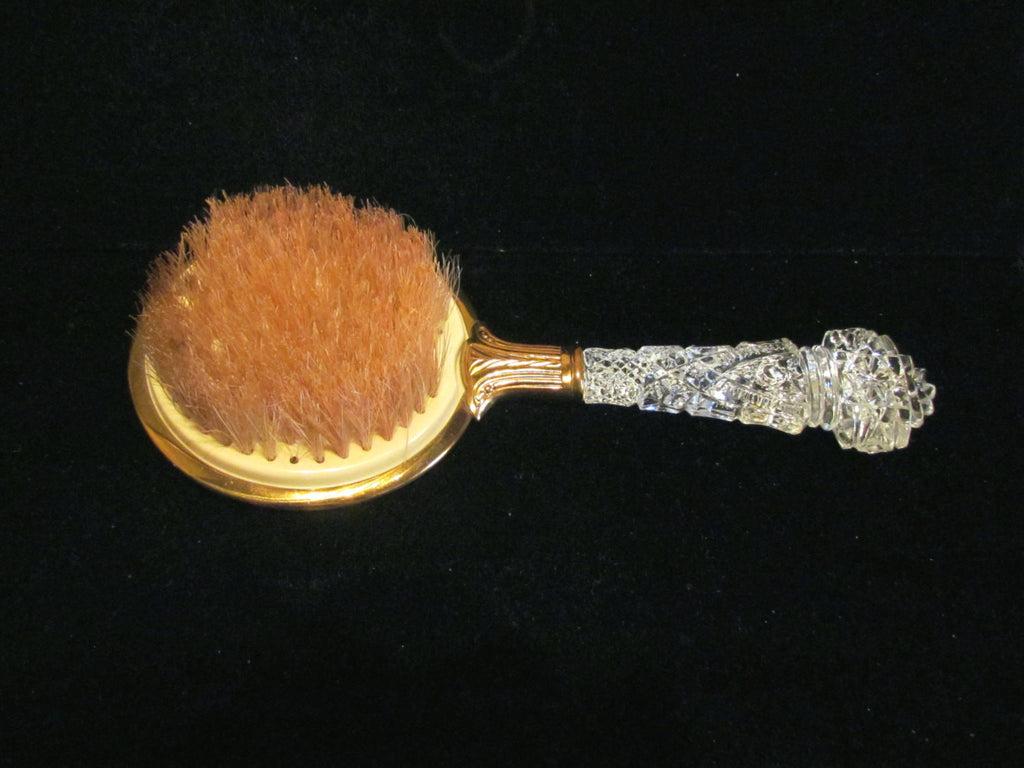Can You Get DNA From Hair?
To a genealogist not only do the names and lives of our ancestors matter to us but also those rare possessions that our forebears used and touched. If we are lucky we may have an old bible, book or some other keepsake once owned by a great grandparent.
Potentially though something our ancestor once owned may tell us far more than we imagined about them. Specifically I am talking about an antique hairbrush or comb. Your grandparent may possess some of their parents' or grandparents' things that may not have been used by anyone but those ancestors. Imagine coming across a hair in a brush or comb that belonged to your great grandmother.

We know that scientifically there are many sources of DNA but could we get a DNA profile from a strand of our ancestors hair? Read on, the answers may be surprising.
Can You Get DNA from Hair?
Any fans of forensic procedural dramas out there likely already know that you can get DNA from hairs that still have the follicle attached. This is hair that was pulled out rather than dropping out leaving a small tag of skin attached to the end. It is this skin tag that they often test in order to hopefully solve a crime.
But what if the hair you have does not have a follicle attached? Can it still be tested? This is a good question because often the hair left tangled in your brush has fallen out and usually lacks the follicle.
A few years ago you would have been out of luck unless you had that skin tag at the end of the strand of hair but times have changed. It recently became viable to extract mitochondrial and nuclear DNA from the hair strand itself.
The mitochondrial DNA is gender specific meaning that it traces down your maternal line but nuclear DNA is essentially what is tested by sites like 23 & Me and Ancestry. Although at present none of those genealogy DNA sites are testing hair.

Those commercial testing companies are sticking with the saliva tests as they are at present far cheaper and in general most likely to give definite results. Extraction of DNA from hair is far more expensive and there is a lower chance of success.
How Long Does DNA Last in Hair?
It can be quite surprising how long DNA can last on an object if treated correctly. A few years ago a forensic investigation tested a shawl that had been the only piece of evidence for over a century. This shawl had blood and semen samples on it.
This shawl was supposedly found next to the murdered body of Catherine Eddowes, the 4th victim of the infamous serial killer Jack the Ripper. The investigation was focused on determining if the prime suspect of the time, Aaron Kosminski, may have been involved.
The DNA from the samples on the shawl were tested against modern day descendants of the victim Eddowes and the suspect Kosminski. Using mitochondrial DNA they determined there was a match to Kosminski’s descendant.

Those were blood and semen samples and they held up for over a century. The DNA in hair can actually last longer than that especially if kept in a cool dry shaded environment. So if you have such a sample you may want to make sure it’s in a suitable place.
You may note I didn’t say go right out and get it tested. You of course can do that but do bear in mind that the process for getting DNA from the hair strand is fairly new. As such they are still learning and improving their process to be more successful and accurate. Personally had I such an item I might wait a little while to allow some further advances to be made.
How Do I Get the Hair Tested?
As mentioned, sadly at present the main genealogy DNA testing sites do not offer hair testing. This as I said is due to the lower chance of success and because it is an expensive process compared to the saliva test.
However, there are currently two companies that offer this kind of testing on old hair samples. Obviously I have not used either because I am not fortunate enough to have a sample to be tested. I will however list them below for you to check out and make your own decisions.
- KeepsakeDNA
- To theLetterDNA
Your standard saliva DNA test from one of the main sites costs in the region of $100-$150. These hair testing sites are several hundred dollars per test and as mentioned success is not guaranteed. I would maybe hold on to your samples, storing them safely for a little while.
The technology will hopefully improve and become more cost effective and perhaps prices will also come down somewhat.
How Can I Use the Results?
If you do go ahead and test your samples and they are able to find results you need to know where best to use them. The results will come in the form of a computer file but you won't be able to add them to AncestryDNA or 23&Me.
The best option is GEDmatch. This sight allows you to test the results against other users in their Database and also get an array of ethnicity estimates as well.
Conclusion
This new advance in DNA testing technology is great news in terms of understanding our ancestors. We can perhaps learn where the ethnicities in our own reports come from or how much DNA we inherited from a great grandparent.
It is a fledgling process that may take a little while to perfect so experts suggest if you only have a strand of hair you might want to wait before testing. If you have a whole lock of hair you can maybe have some tested and hold on to some in case it doesn’t work the first time.
Link To or Reference This Page
We spent a lot of time downloading, cleaning, merging, and formatting the data that is shown on the site.
If you found the data or information on this page useful in your research, please use the tool below to properly cite or reference Name Census as the source. We appreciate your support!
-
<a href="https://namecensus.com/blog/can-you-get-dna-from-hair/">Can You Get DNA From Hair?</a>
-
"Can You Get DNA From Hair?". NameCensus.com. Accessed on April 20, 2024. https://namecensus.com/blog/can-you-get-dna-from-hair/.
-
"Can You Get DNA From Hair?". NameCensus.com, https://namecensus.com/blog/can-you-get-dna-from-hair/. Accessed 20 April, 2024
-
Can You Get DNA From Hair?. NameCensus.com. Retrieved from https://namecensus.com/blog/can-you-get-dna-from-hair/.
